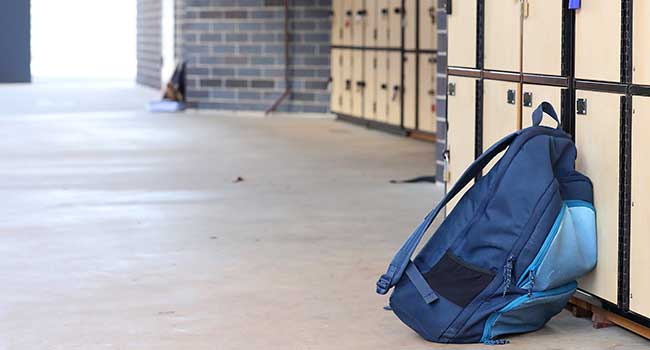
Maryland District Will No Longer Allow Students to Carry Backpacks
Under a new policy, students at Charles County Public Schools will have to keep their backpacks in their locker during the school day.
- By Jessica Davis
- April 18, 2019
Under a new policy, students at Charles County Public Schools are no longer allowed to carry their backpacks from class to class or to lunch. The backpack policy change follows three recent arrests of La Plata high school students for separate incidents.
Recently, a 14-year-old and a 16-year-old were each charged with bringing loaded guns to school, and a 17-year-old is accused of posting a school shooting rumor on social media. The rumor that a shooting would take place last Friday was false, but caused a lot of fear.
“We had 550 kids that missed school on Friday, because someone decided it would be funny to post something on Snapchat,” said Jason Stoddard, the district director of safety and security.
The new backpack policy was borne of these incidents. Beginning April 24, middle and high school students will have to keep their backpacks in their lockers during the entire school day instead of carrying them from class to class.
The rule is already in place at some middle and high school campuses.
At a Tuesday night meeting for parents, Stoddard said the district considered allowing students to carry clear backpacks from class to class but decided that policy wouldn’t work.
“Because as soon as you put a piece a paper or a book or something like that [inside], the idea that they’re transparent goes away,” he said.
According to a letter to parents from Superintendent Kimberly Hill, “The new rule allows students to carry a small personal bag, with or without a handle or strap and no larger than the size of a hand.”
“We work every day to improve the safety and security of our schools and centers,” Hill said. “We have adopted a number of new rules, created an anonymous safety reporting tool on the CCPS website, added more emergency training for staff and increased background checks and training for substitutes, volunteers and temporary and new employees.”
About the Author
Jessica Davis is the Associate Content Editor for 1105 Media.